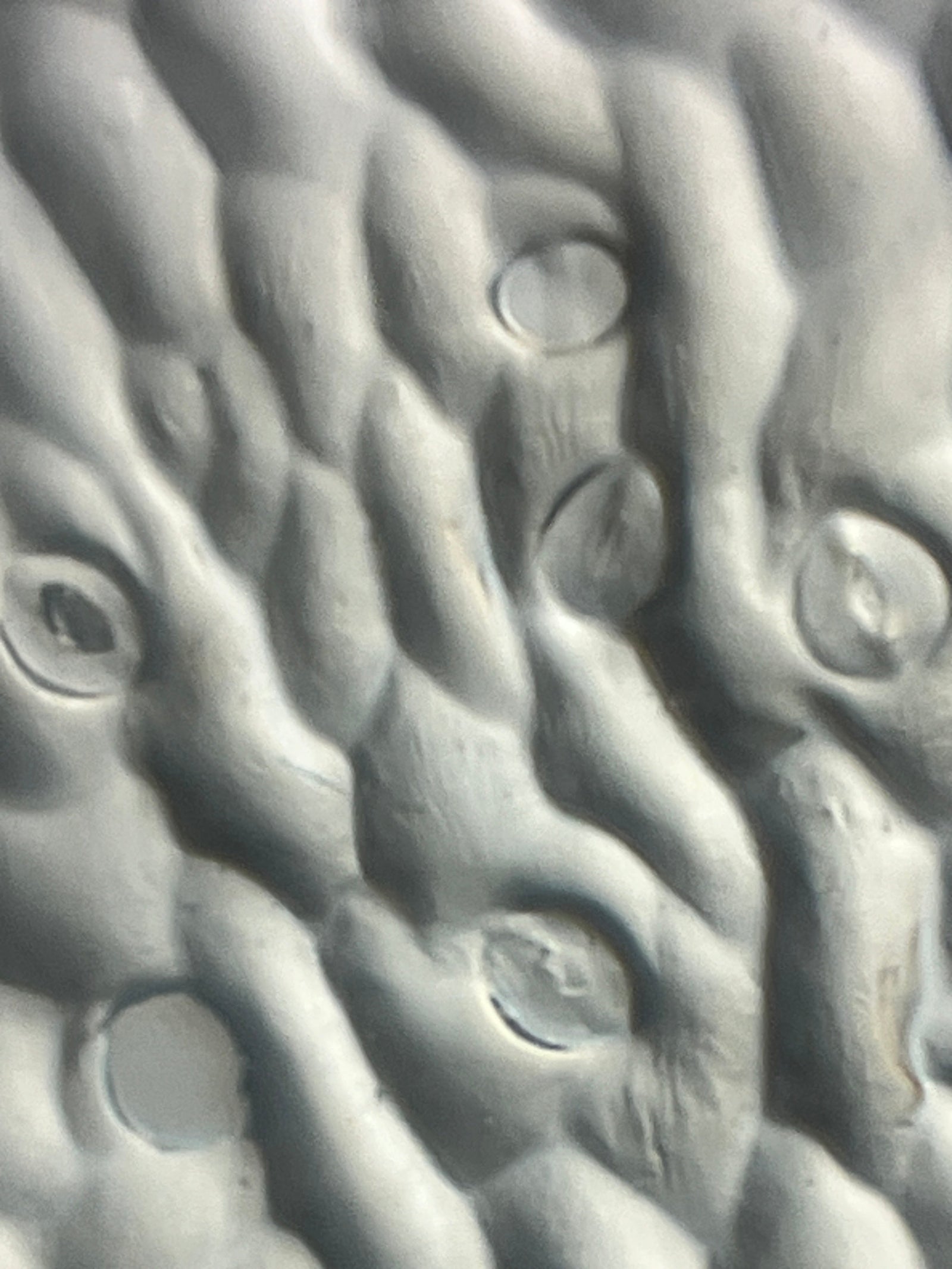There is something about this time of year that encourages the growth of mushrooms in my neighborhood. Last year I wrote a blog about mushrooms where I put the larger macroscopic sized parts under the microscope. This year I put the microscopic mushroom spores under my Foldscopes! Read on to find out what I saw!

Mushroom Reproduction
Just like the fruit of a plant contains the seeds, the mushroom is the fruiting part of the fungus that contains the spores. Fungi can reproduce asexually through spores. The spores form in the gills and can fall to the ground, get blown away by wind, get washed away by water, or get carried away by animals. When the spores land in a suitable location, they begin to grow into hyphae, which is the extended underground network of filaments of the fungus. The gills of a mushroom are found on the bottom side of the mushroom cap.

Gathering Mushroom Spores
It is easy to collect mushroom spores from the gills. Simply place the mushroom cap on any surface (I used a petri dish) and let it sit overnight. The spores will fall down in piles forming a pattern that matches the shape of the gills.

Mushroom Gills
Mushroom gills can release up to a billion spores a day! The gills are long thin layers of a material called lamellae. When you look at mushroom gills under a Foldscope, you can see the individual cells.

Mushroom Spores
The sheer number of spores that are produced by a single mushroom cap is really hard to grasp. The following image shows what I picked up on the tip of a toothpick and smeared on a glass slide. There were so many spores in that tiny speck! In addition to being awesome in number, they are also awesome in beauty. I looked at the spores under dark field lighting and discovered an amazing sight. The spores refracted the light waves from the LED light module, creating glowing rainbows in each cell.

Have you looked at mushroom spores under a Foldscope 2.0? Use your Foldscope to dive into the microscopic world and find the beauty that is there waiting for you. Share your microscopic images and thoughts on the Microcosmos. Be sure to tag us on social media when you post the results of your explorations, creations, and discoveries! We love to see how Foldscopers around the world are using their Foldscopes in new and innovative ways!
Facebook: @Foldscope
Twitter: @TeamFoldscope
Instagram: @teamfoldscope
TikTok: @foldscope
Threads: @teamfoldscope
Sources:
https://www.britannica.com/video/81494/spores-Fungi-billions-fungi-rise-generations



